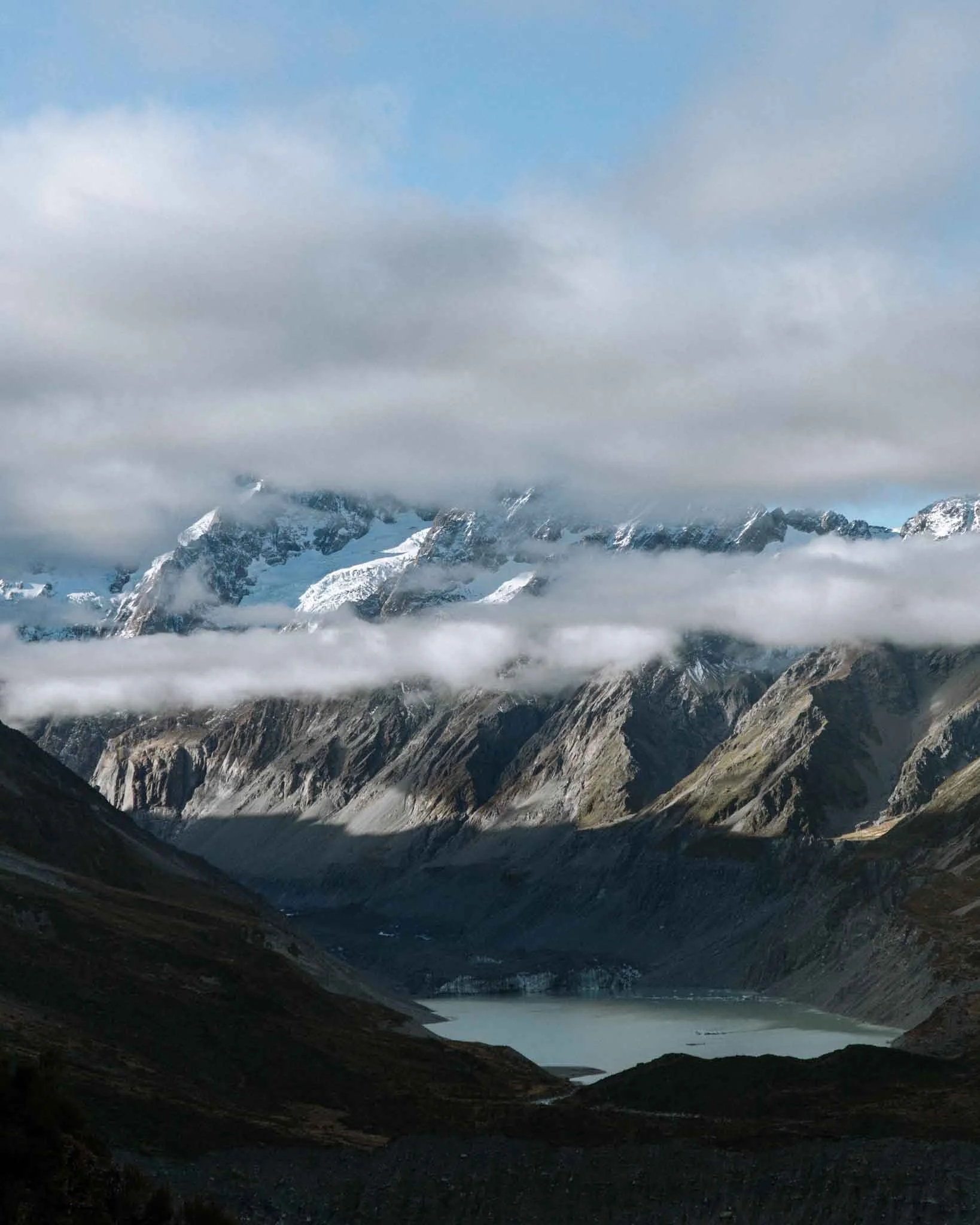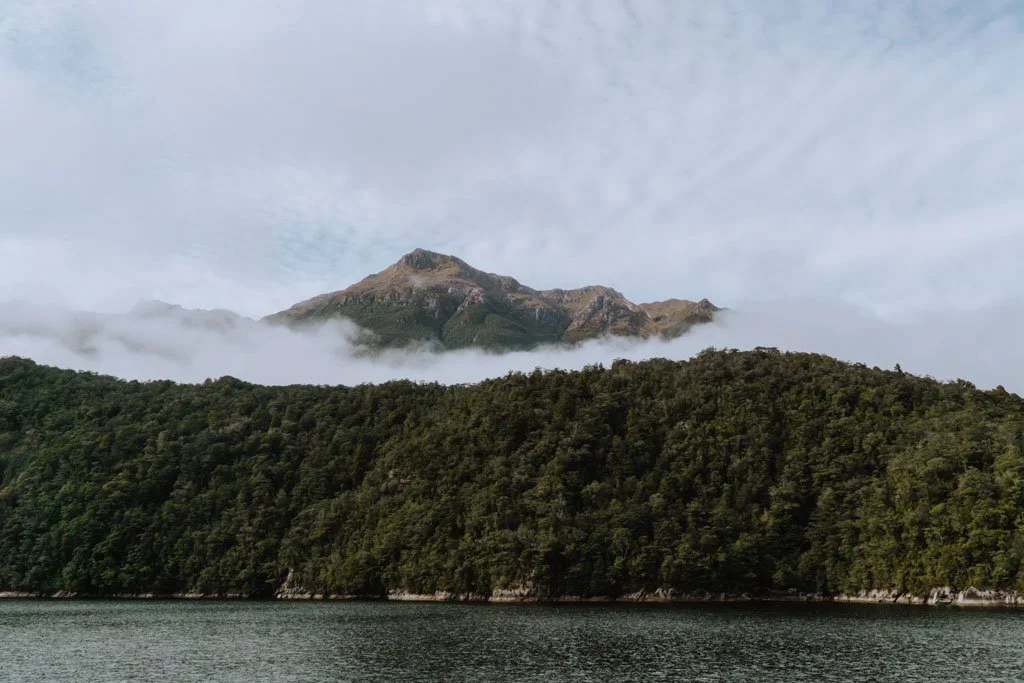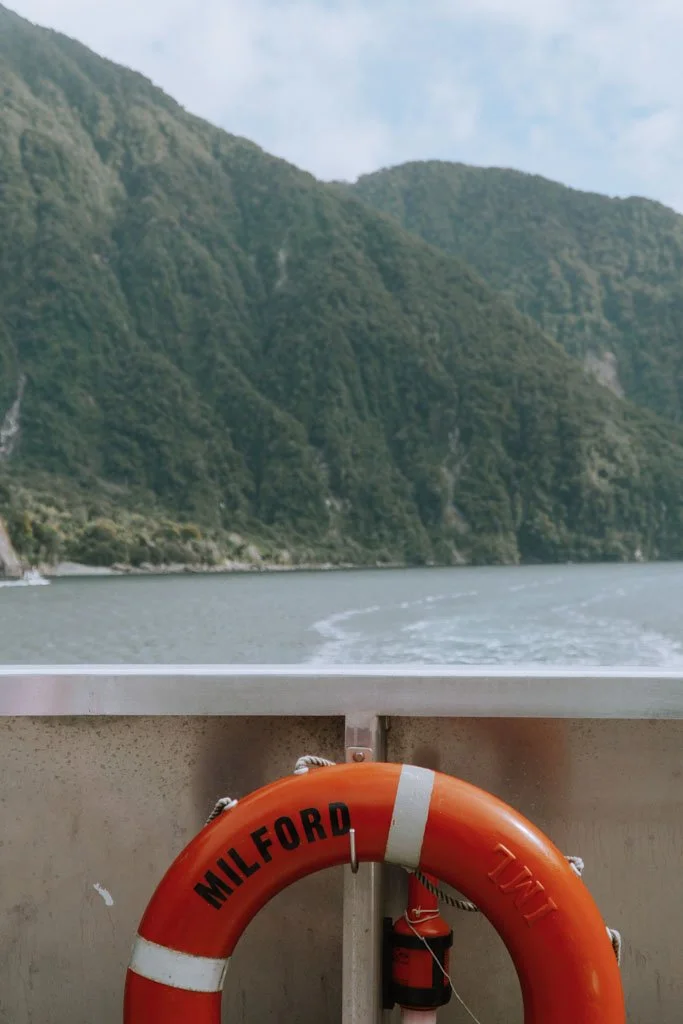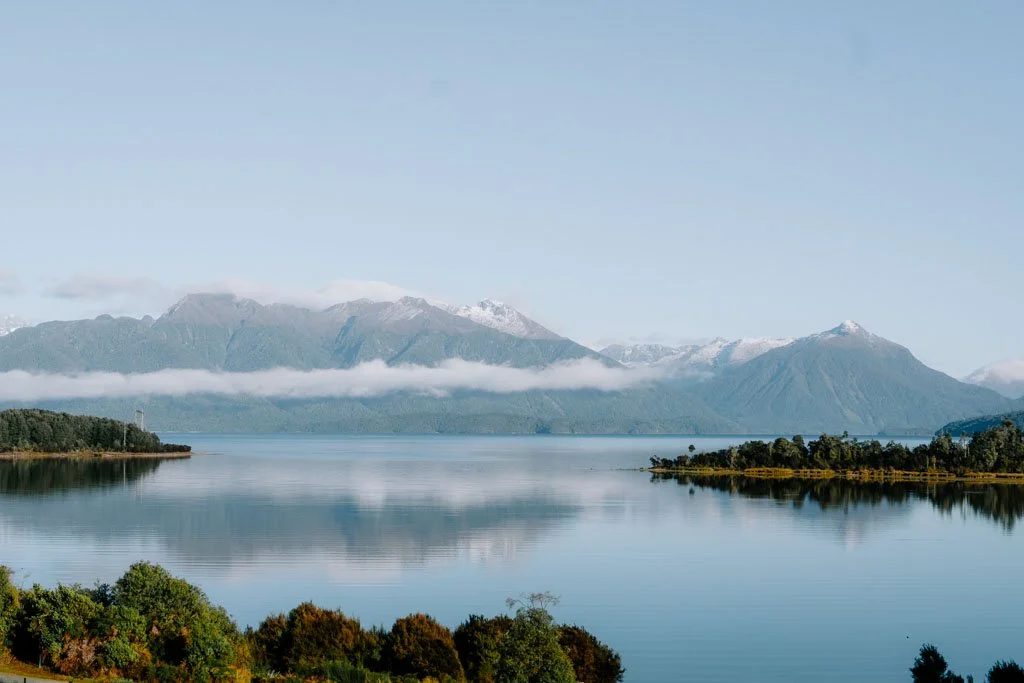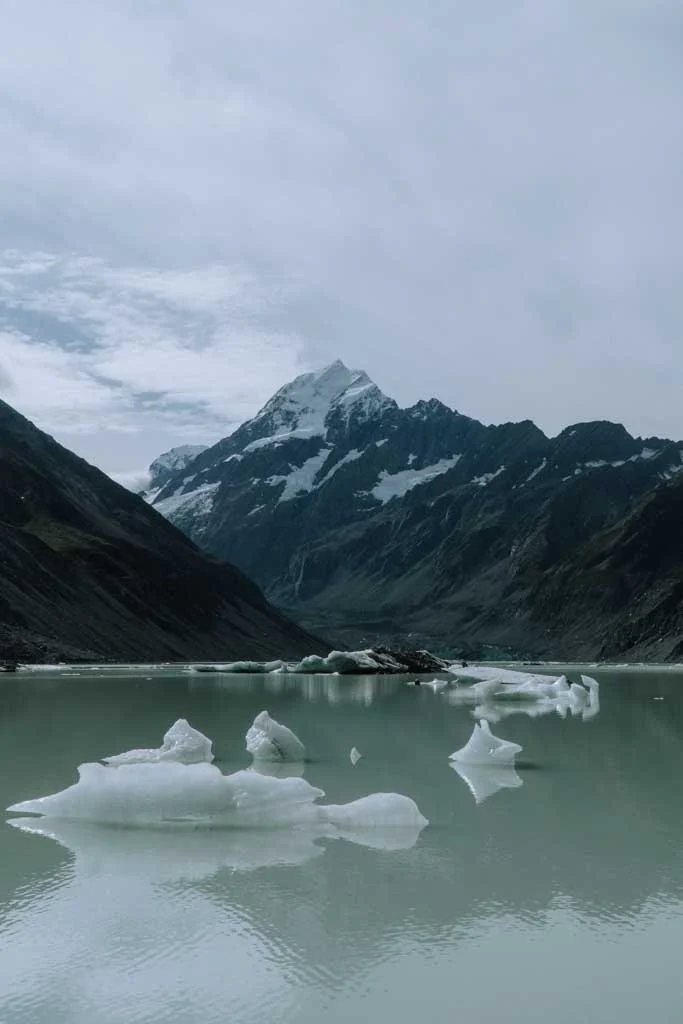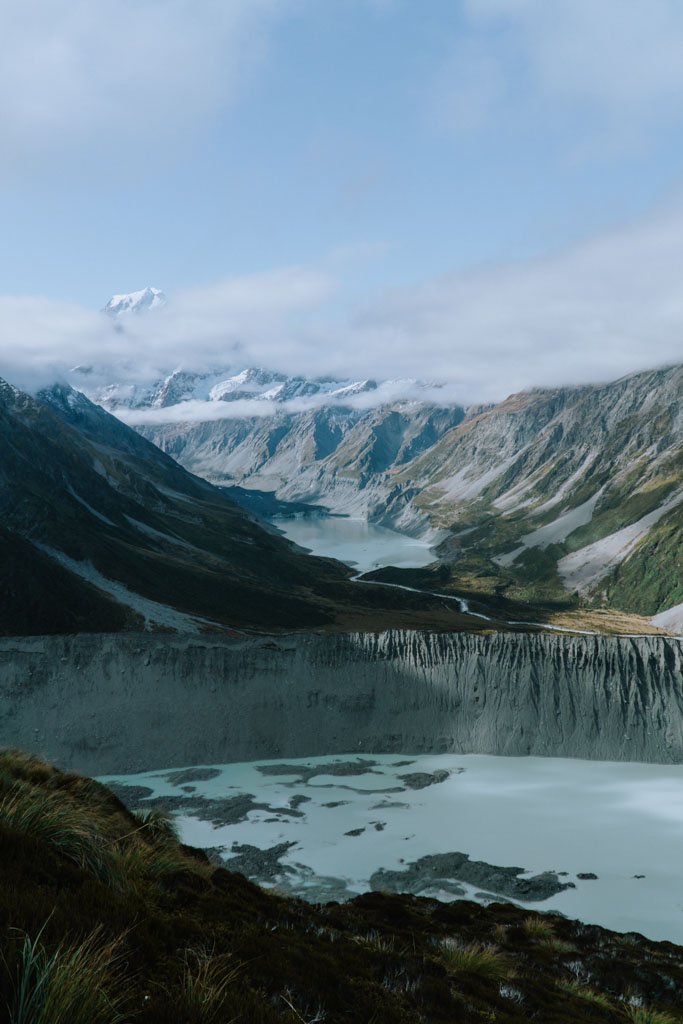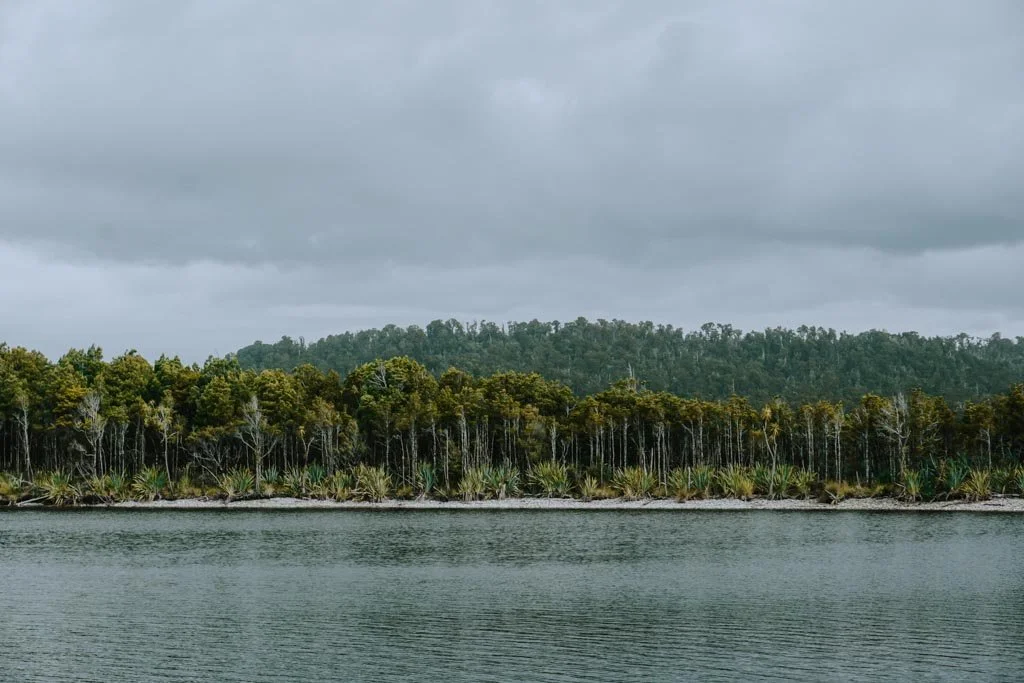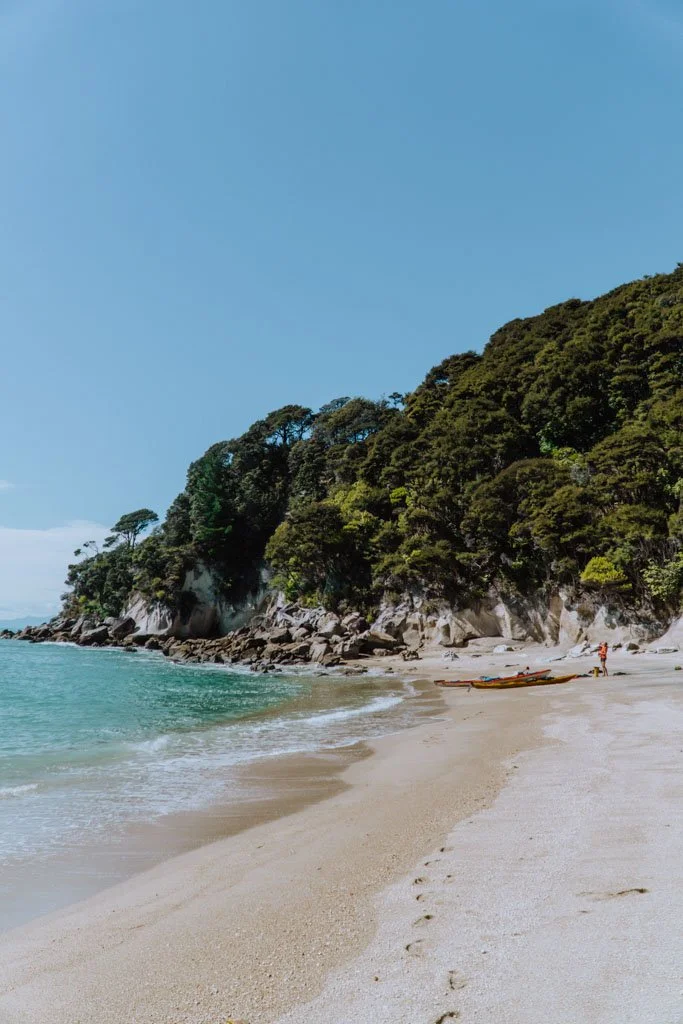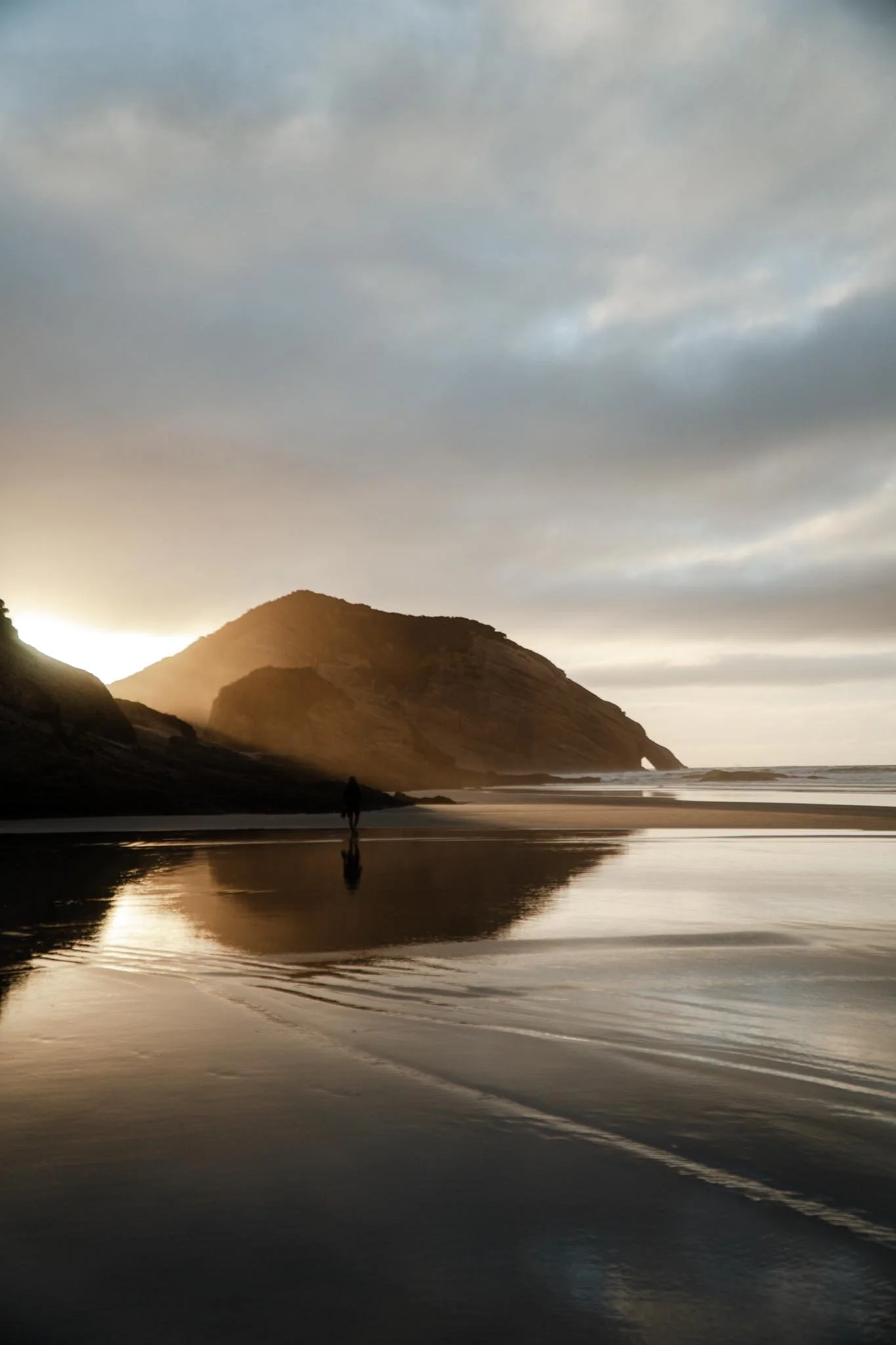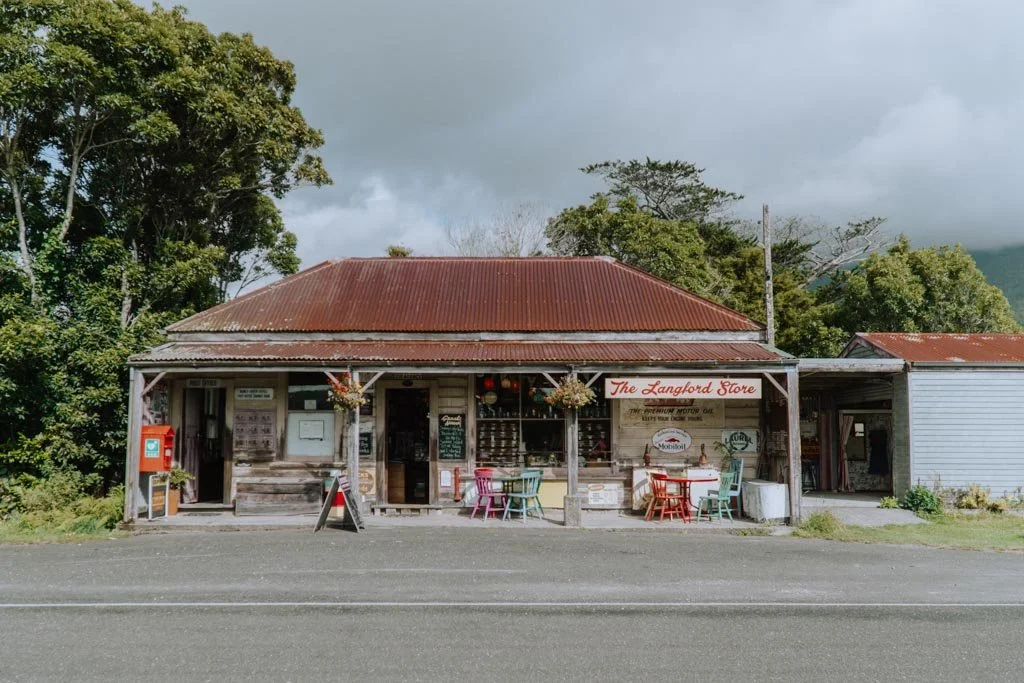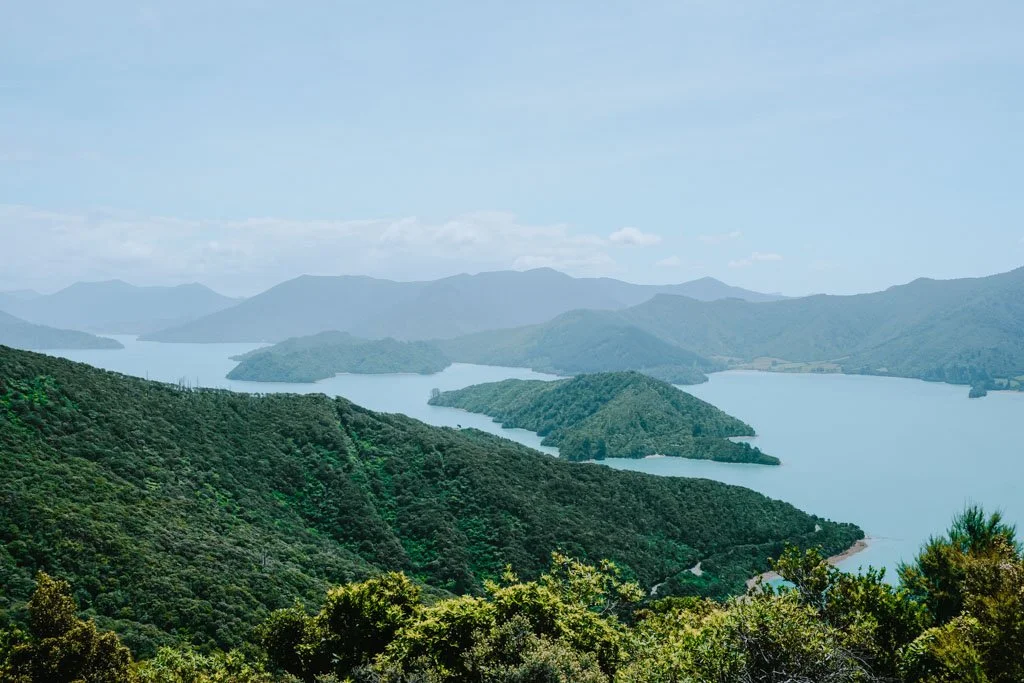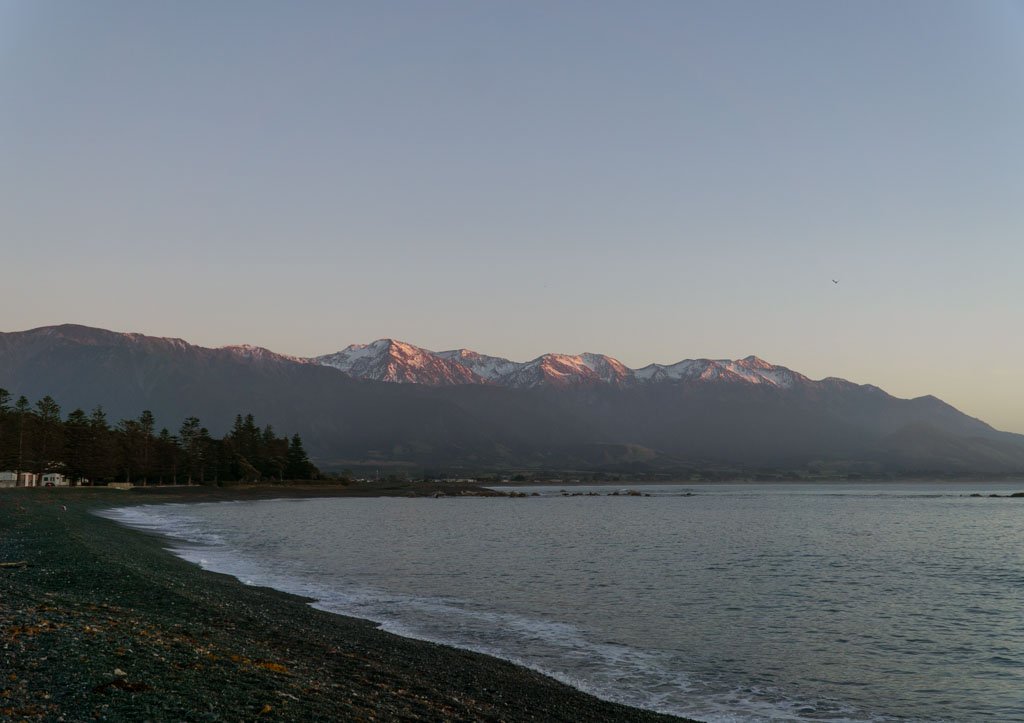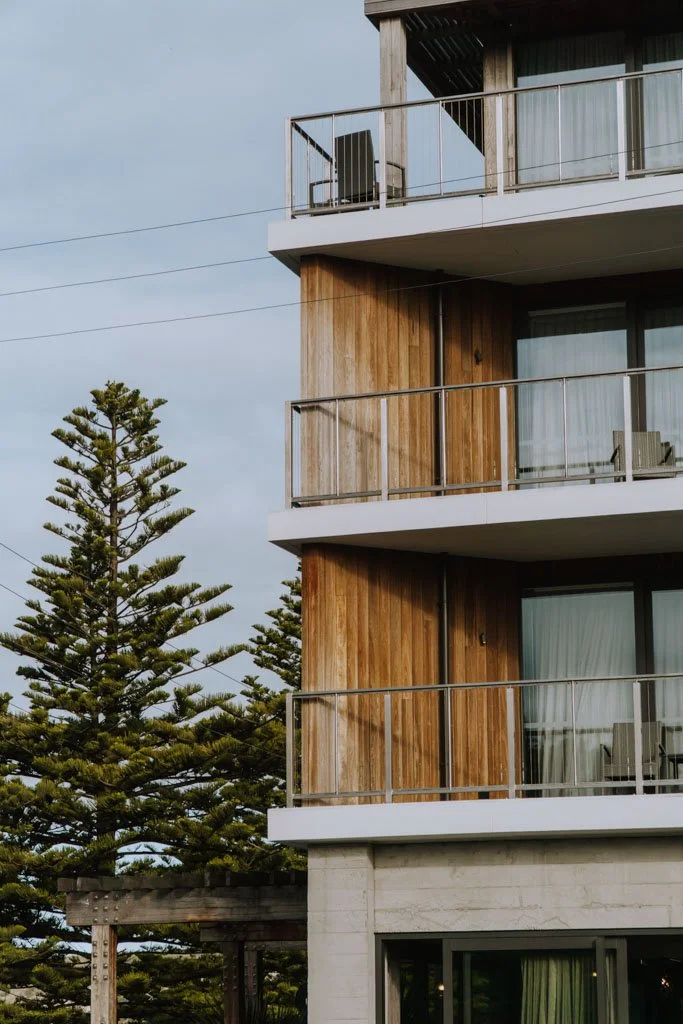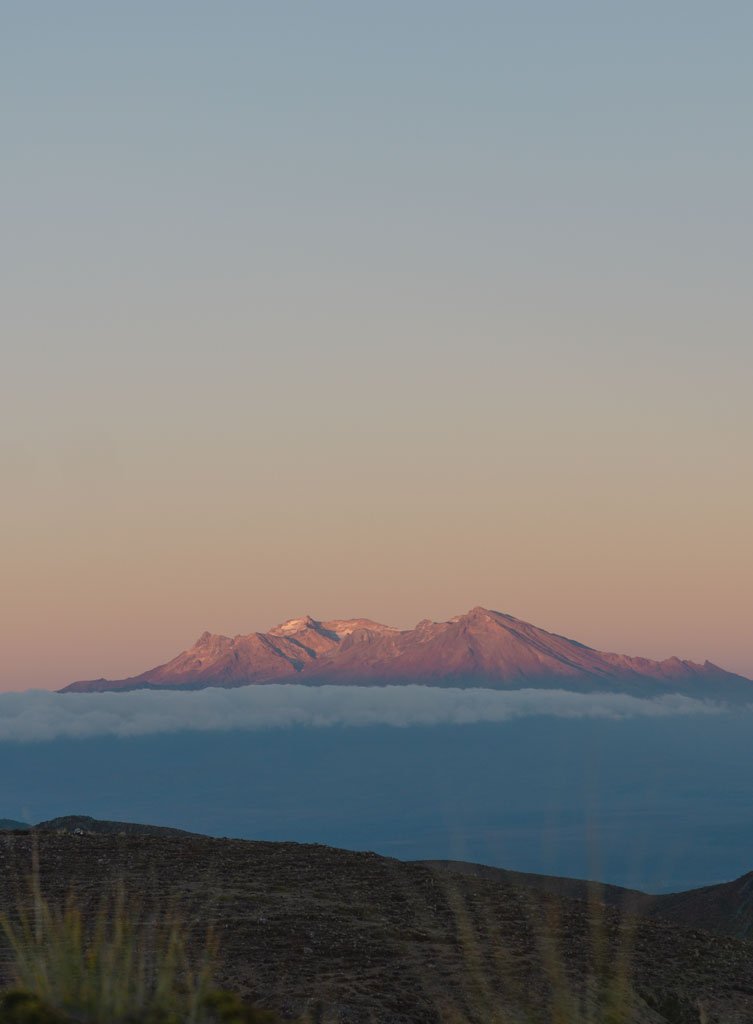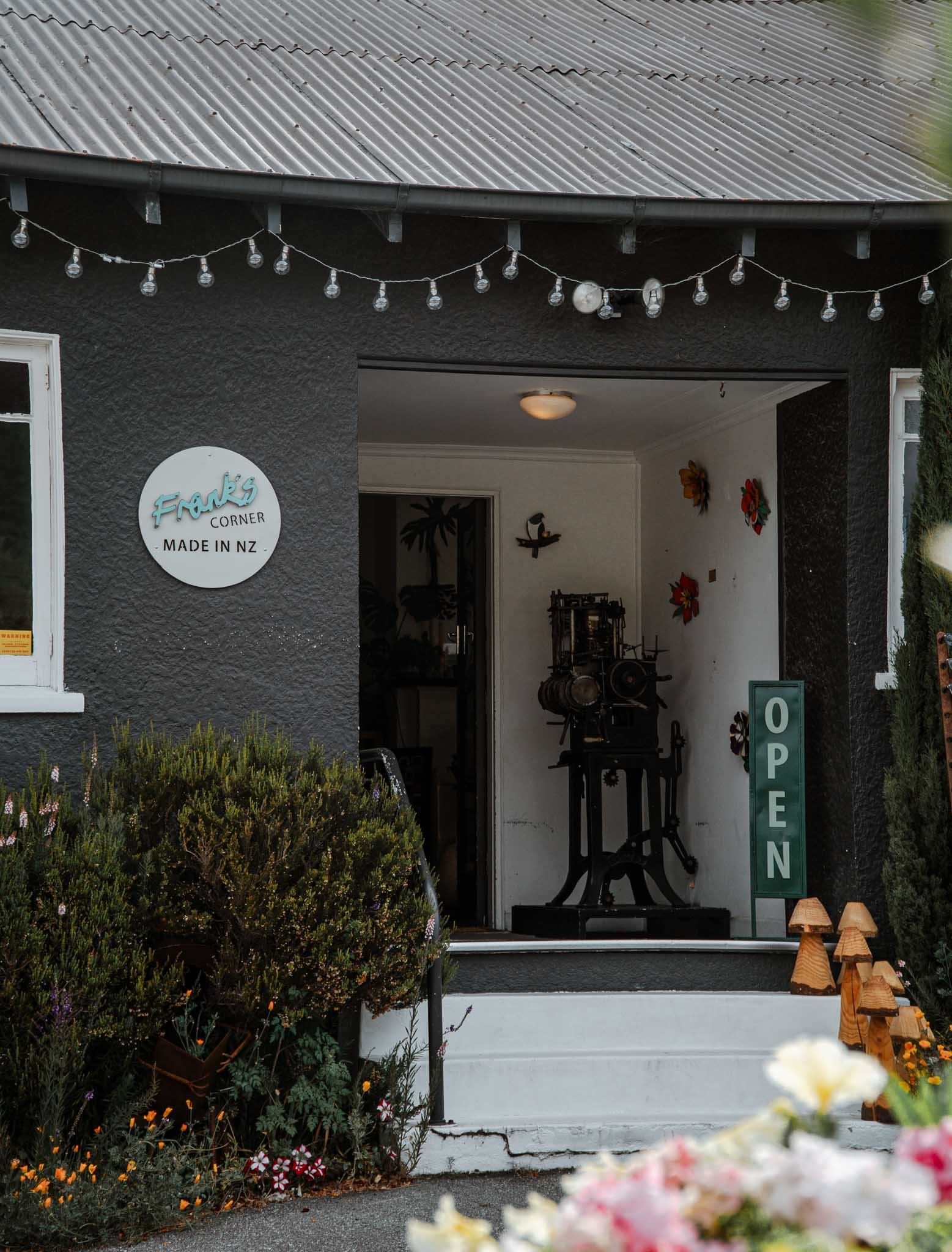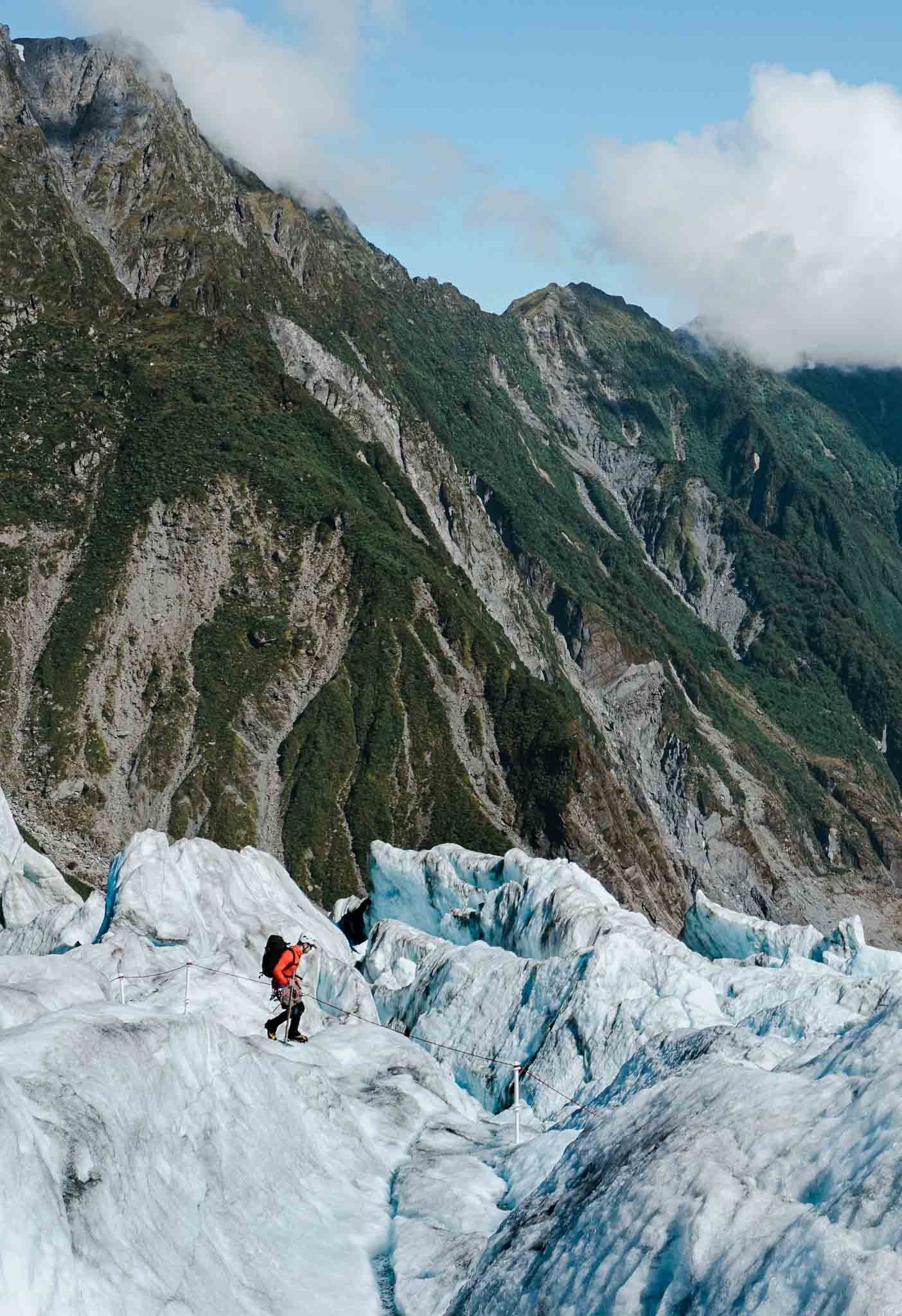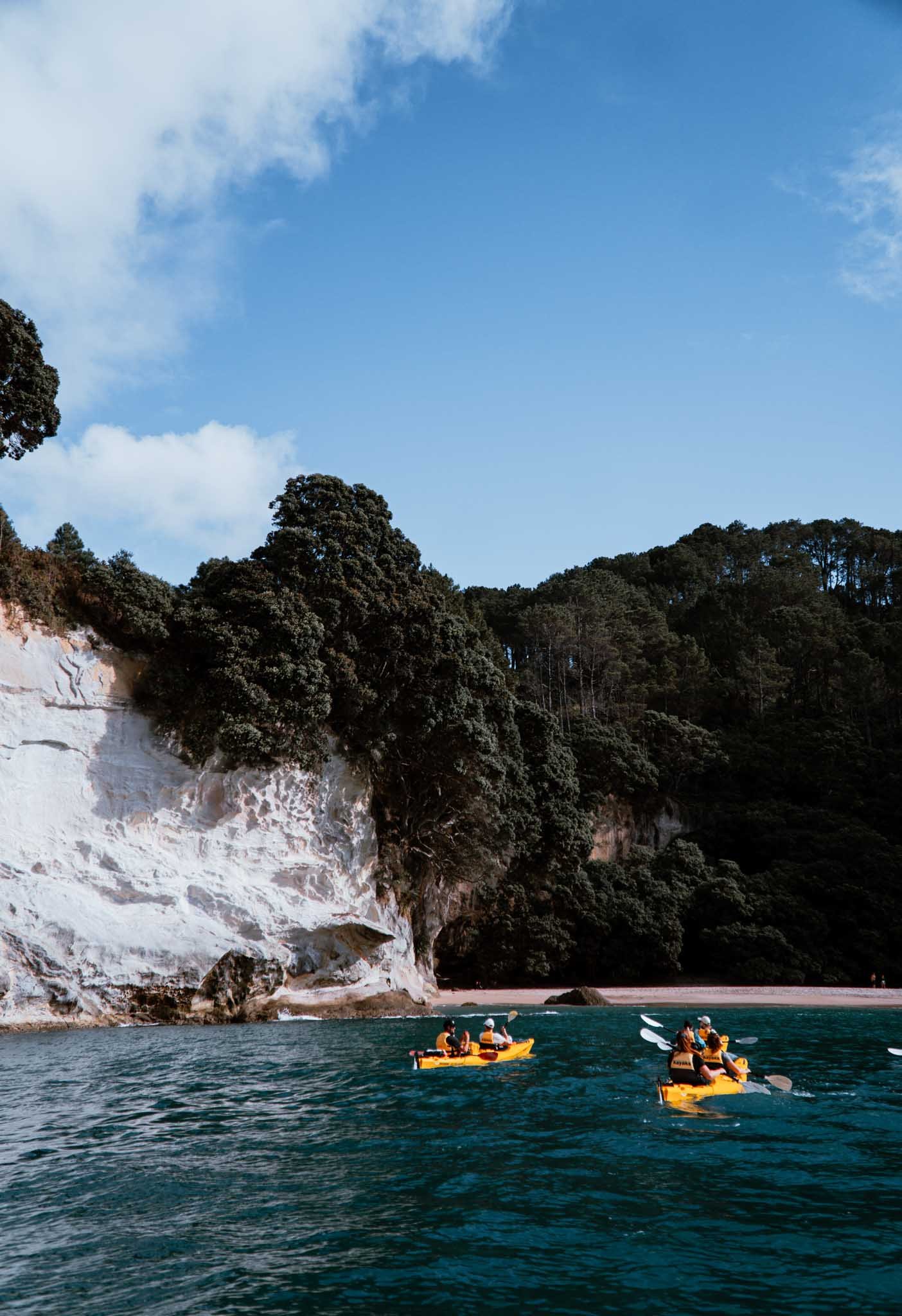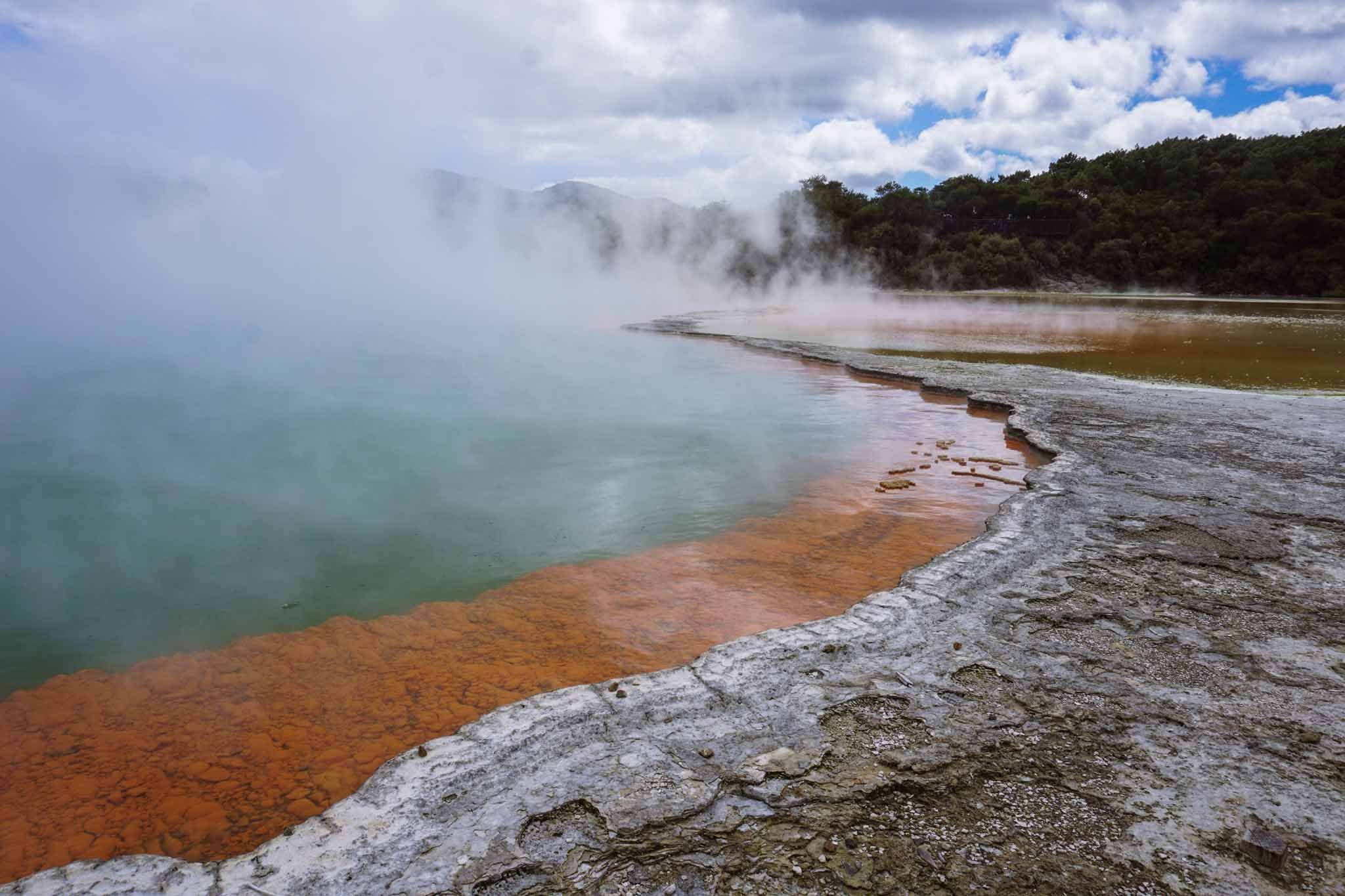Where to go in the South Island
Unforgettable destinations to add to your South Island itinerary
Disclosure: This page has affiliate links, which means I may make a commission if you buy via those links, at no extra cost to you. Thanks for your support.
The South Island — where to begin.
Maybe I’ll start with the mountains, the giant, raw mountains that form a rough seam down the middle of the island.
Coming from the North Island, where the highest points are the pointy tips of old volcanoes, the size and sweep of the Southern Alps leaves me awestruck every time.
The road to Aoraki/Mount Cook
The glorious mountains
And after the mountains?
There are the coastlines of course, running up and down the long, thin island. The West Coast is my favourite, beaches of pebbles and driftwood, which people scrape together into bonfires in the evenings, watching the sunset and embers glow.
The golden beaches around aptly named Golden Bay and Abel Tasman are pretty wonderful too.
And I can’t talk about the South Island without bringing up the lakes. Queenstown is right on the edge of Lake Wakatipu, and just over the Crown Range is Lake Wanaka and its neighbour Hawea. Drive to Aoraki/Mount Cook and you’ll be blown away by bright blue Lake Pukaki.
Hiking the Kepler Track, overlooking Lake Te Anau in Fiordland
I hope you like nature, because getting splattered in mud, dusted in sea salt, bitten by sandflies and rinsed clean by lake water is all part of experiencing the South Island.
There are many, many beautiful places in the South Island, almost too many to choose from (and I apologise in advance for the length of this list).
The good news is that the South Island doesn’t have that many roads. There’s one main route down the east coast from Picton to Christchurch, more or less one road to Queenstown. Same thing for the west coast, and if you want to go up to Nelson.
But, you should know that the South Island is large, larger than it looks on a map. If you only have a few days, or a week, you’ll probably want to stick to Christchurch and Queenstown.
With 10 days or more, you could do a loop — throw in the west coast, or the golden beaches of Abel Tasman.
Mountains in Fiordland, forever covered in cloud
So while you can expect to be moving a lot, you’ll always be heading in a logical direction, to some other wonderful place.
Don’t plan to spend more than a couple of nights anywhere (and if you do want that, it will most likely be Queenstown). The South Island is made for road tripping.
Me, in Purakaunui Bay, in the Catlins. I’m not often in front of the camera, but I wanted to put a face to the name
Hi, I’m Petrina, a New Zealander with a great love for road tripping my country.
I haven’t done everything in the South Island, not even close — you will never get me to do a bungy jump or canyon swing — but I have seen a lot of Te Waipounamu. I’ve driven up and down the entire South Island and still can’t get enough of the hikes, lakes, forests, and camping.
This is a collection of my favourite destinations in the South Island, including must-sees and unique places to visit.
It’s not an exhaustive list of South Island attractions, but a curated look at what someone who loves food, culture, and the outdoors might enjoy.
Queenstown
Adventure capital and ideal base for day trips, all wrapped up in epic mountain scenery
Queenstown lakefront, early morning
Queenstown is New Zealand’s adventure town, located on the shore of Lake Whakatipu and surrounded by the Remarkables mountain ranges.
The town is famous for bungy jumps, jet boats, sky dives, and many other activities designed to get your heart racing. It’s not all adrenaline, though; I love visiting Queenstown for the excellent hiking nearby, the wineries in the region, and the sheer beauty of the mountains.
Queenstown is quintessential New Zealand, distilled into one wildly beautiful, fast-paced, and occasionally hectic place.
With a busy airport, Queenstown makes the ideal start or end point to your South Island trip.
Fiordland
For wild, untouched wilderness and deep fjords
Fiordland National Park is one of New Zealand's greatest wilderness areas.
The epic expanse of rich forest, alpine ranges, and glaciers is part of the wider UNESCO World Heritage site, Te Wāhipounamu (the Place of the Greenstone) which spans the South Western corner of the South Island.
The national park has been largely untouched by humans, so going deep into Fiordland is a chance to catch a glimpse of ancient New Zealand.
MILFORD SOUND
Milford Sound, a fjord at the end of a long and narrow highway winding through Fiordland National Park. might be the most famous place in the South Island.
The deep, dark sound, presided over by the iconic Mitre Peak, sets the stage for boat cruises on the inky water. Expect to see wild waterfalls, dolphins, seals, and penguins along the way.
DOUBTFUL SOUND
Doubtful Sound is more remote than Milford Sound. There’s no road to the fjord, to reach it you have to take first one boat across Lake Manapouri, then a bus over a gravel road through a mountain pass.
All this means far fewer people, and a vastly different atmosphere.
Going on an overnight cruise in Doubtful Sound is pure escapism — it’s easily one of the best things I have done in the South Island.
When you finally climb onboard the ship at Doubtful Sound, you’ll already feel like you’ve been on an adventure. And, there’s unlikely to be another boat to be seen when you set sail.
I loved the feeling of being fully immersed in Fiordland — swimming in the inky dark sound, kayaking along the shoreline beneath hanging vines, listening to the bird song ringing out across the water.
I would absolutely recommend Doubtful over Milford, and the overnight over the day trip.
TE ANAU
The main entrypoint to Fiordland National Park, Te Anau is an excellent base for exploring both Milford and Doubtful Sound.
It’s possible to visit both from Queenstown, but opting to stay in Te Anau means you’ll spend less time in a vehicle and more time enjoying the day walks along the Milford Road.
If hiking is a passion of yours, it’s worth spending an extra day or two in Te Anau to explore one of the Great Walk trails in the area; the Milford Track, Kepler Track, and Routeburn.
Aoraki/Mount Cook National Park
For incredible mountain scenery and spectacular walks
Aoraki Mount Cook National Park is home to New Zealand's highest peak, and some of the best short walks in the country.
Midway between Queenstown and Christchurch, Aoraki is the perfect place to stop on a quintessential South Island road trip between the two towns.
Wanaka
For a quieter alternative to Queenstown, and easy access to superb hiking trails
Located at the intersection of the roads to the West Coast, Queenstown, and Aoraki/Mount Cook, Wanaka is an ideal stopping point for South Island trips — especially for lovers of the mountains.
Roy’s Peak is the most popular hike near Wanaka, but Isthmus Peak and the trails in Mount Aspiring National Park are equally enticing (and far less crowded).
Fox Glacier and Franz Josef
The view of Franz Josef glacier, from Alex Knob
Franz Josef glacier and Fox glacier are twin rivers of ice on the West Coast of the South Island. The glaciers are unique as they flow into rainforest, once nearly to sea level.
Usually, to see a glacier, you have to make it into alpine terrain. In Franz Josef, the glacier is visible is just a short walk from a tourist village right on the main highway through the region.
Despite the massive loss of ice in the past decade, both glaciers are incredibly impressive. The area is still one of my favourite places to visit in the South Island.
You can follow short walks to viewpoints to see the glaciers, or take a heli hike to walk on the ice.
OKARITO
Tiny Ōkārito is the perfect detour from Franz Josef. The main activity here is kayaking the surreal Ōkārito Lagoon in search of ethereal white herons.
The Ōkārito Coastal Walk is also a great way to take in the surreal landscapes of wetlands, coastal forest, and mountains. The track runs high along a bluff before arriving at a tannin-dark lagoon. If it’s low tide, you can loop back along the beach and keep an eye out for Hector's dolphins playing in the waves.
Abel Tasman National Park
For golden beaches, coastal walks, and kayaking
With golden bays strung out along a coastline rich with native forest, Abel Tasman National Park is an epic place for camping, hiking, and kayaking.
The Abel Tasman Coast Track, one of New Zealand’s Great Walks, runs along the coast. There are great day walk options as well as the full multi-day trek.
Spend at least two days near Abel Tasman to allow for a full day exploring the park, or spend three days around Golden Bay at the northern end of the park, for a more off-the-beaten-track adventure.
Catch the Coastal Pacific train from Picton to Christchurch
The most famous train trip in New Zealand is the TranzAlpine, which runs from Christchurch to Greymouth on the West Coast.
But, my favourite, and the one I would recommend with the most enthusiasm, is the Coastal Pacific.
This train journey carves a path through Marlborough vineyards before reaching the Pacific Ocean and skirting the rocky coastline nearly all the way to Christchurch.
I particularly like this train trip because it’s fairly easy to slip into a road trip from north to south (the TranzAlpine is slightly trickier, logistically).
If you arrive in the South Island on the Interislander ferry, you can get straight on the train in Picton. This means you can leave your rental vehicle in Wellington before hopping on the ferry, and enjoy being car free until Christchurch.
The train stops in Kaikoura, where you could get off and spend a night or two, before rejoining the train and completely the journey to Christchurch. From Christchurch, you could pick up a car/campervan again and carry on driving.
This is more or less the trip I did, and I loved it. Not having a car in Kaikoura was a little limiting, but I got around walking and with a little luck hitch hiking.
The Coastal Pacific train route does follow the road a lot of the way, but it’s far more fun hanging out of the open air viewing carriage and taking in the scenery than driving.
There are a few cons, of course — there always are.
The train is expensive, for one thing.
I travelled in the ‘Scenic Plus’ carriage, which is essentially first class, and I loved the food and free flowing wine. But that carriage comes at almost twice the price of a standard seat. Seeing as I was in the viewing carriage for a lot of the trip, I would say upgrading isn’t essential.
The other main drawback is that the train only runs once a day between Picton and Christchurch, so you’re a little limited by the timetable.
THE DETAILS
The Coastal Pacific train runs from Christchurch to Picton in the morning, and from Picton to Christchurch in the afternoon.
It makes stops along the way, the key one being Kaikoura, which is small enough to walk around.
Visit Farewell Spit and watch a sunset at Wharariki Beach
The Archway Islands, off the coast of Wharariki Beach
Wharariki Beach, located on the northwest coast of the South Island, in the stunning Golden Bay region, is a vast stretch of windswept beach.
Wharariki beach is famous for its view of the Archway Islands just off the shore — you might recognise this view from a Windows 10 background.
Seals clamber over rocks strewn along one end of the beach, and seabirds wheel overhead.
It feels truly remote, and is spectacular at sunset. If you’re travelling in a campervan, there is a rustic holiday park at the start of the trail to the beach, so you can be there for the full glory of the setting sun.
You can reach the beach via a short walk across sheep paddocks, before crossing the dunes piled at the back of the beach.
Golden Bay is well worth visiting for more than just Wharariki Beach — in my view, it’s one of the most beautiful places in the South Island.
Cruise out to Puponga to discover a wild corner of Golden Bay.
Farewell Spit is a beautiful long arc of sand which acts as a beacon to migratory birds. There are short walks you can do around the base of Farewell Spit and the adjacent Puponga Farm Park. Hike to a lighthouse, meander along the tops of granite-coloured cliffs, or stop by Cape Farewell, the northernmost point of the South Island.
Some of the other stunning things to do in Golden Bay include:
Visiting the hippie town of Takaka
Hiking in Kahurangi National Park (the Heaphy Track ends in Golden Bay)
Swimming in crystal clear pools at Payne’s Ford
Visiting the Te Waikoropupū Springs
Walk part of the Queen Charlotte track in the Marlborough Sounds
The Marlborough Sounds are a series of drowned valleys at the top of the South Island.
The watery maze of sounds is divided by green ridges of land which shelter calm bays and hide beautiful walking tracks.
One of the best ways to explore the Marlborough Sounds is to walk the Queen Charlotte Track. If you want to dip a toe into multi-day hiking in New Zealand, without needing any hiking gear and with the opportunity to sleep in a real bed each night, this might pique your interest.
The Queen Charlotte hike is a multi walk through the Marlborough Sounds. It’s a beautiful trek and accessible to hikers of different fitness levels, as you can send your overnight bag to your next stop via water taxi.
You can also spend the night in lodges along the trail, instead of the typical backcountry huts you encounter on overnight hikes in the South Island.
That means that after a day of walking through lush native forest and skirting around turquoise bays, you can have a hot shower, a real bed, and enjoy a meal at a waterfront restaurant.
FEATURED STAY
Hopewell Lodge
For a peaceful retreat before or after the Queen Charlotte Track, I highly recommend Hopewell Lodge. The setting is incredible. I loved swimming and kayaking from the lodge and enjoying the feeling of being away from it all.
Visit Christchurch, the Garden City
Christchurch is the biggest city in the South Island, so you’ll probably pass through at some point.
I’m not much of a city person, but I like Christchurch — there’s a grittiness about the city that gives it character. I enjoyed the city’s cafes (there is a big brunch scene here) and exploring the Botanic Gardens.
If you want to see the highlights in a short space of time, take the Christchurch tram for a tiki tour.
Better yet, get the Christchurch Pass (tram, punt ride, and gondola) to tick off the top attractions in Christchurch, while covering a lot of the city.
FEATURED STAY
Crowne Plaza Christchurch
Set in a tall tower building, this art deco styled hotel has great views of the city — I loved the little window seat in my room.
Kaikoura
For getting up close to whales, dolphins and seals
If you want to spot wildlife, Kaikoura is one of the best places to go in the South Island.
Sperm whales live off the coast all year round, and from June to July you can also see humpback whales as they migrate north away from Antarctica’s freezing waters. Ducky dolphins also hop along the coast in great numbers, while on the Kaikoura Peninsula Walkway you can see seals lounging around rocks in impressive numbers.
FEATURED STAY
Sudima Kaikoura
This hotel is right on the waterfront, opposite Dolphin Encounter and walking distance to both town and the seal colony. I loved the minimalist, scandi decor, and having breakfast while watching the sunrise from the dining area.
Oamaru
For steampunk and blue penguins
My favourite town in the South Island is Oamaru — it took me completely by surprise.
The town has a Victorian precinct with buildings shaped from white limestone, which gives it a unique aesthetic. But what truly makes Oamaru unique is the Steampunk culture in the town.
If you’re not familiar with it, Steampunk is a science fiction concept where the future is steam powered. So, futuristic but also Victorian era inspired — Burning Man type goggles and steam trains that fly.
Steampunk HQ is great fun to visit, but even if you don’t go inside the exhibition you can enjoy the old-timey-but-futuristic shops around town.
Oamaru is also famous for blue and yellow-eyed penguin colonies, so it’s well worth a stop on a South Island trip.
The Catlins
For wild, secluded beaches that make for a perfect campervan road trip
The Catlins are the wild, wooded coastal corner of the lower south eastern South Island. On a road trip from Dunedin to Invercargill, you’ll get to see some of the South Island’s true hidden gems.
The area is famous for the picturesque Nugget Point Lighthouse, short walks to waterfalls, and remote bays.
Along this stretch of coastline you’ll find some epic campsites — if you’re travelling in a campervan, you’ll love the untamed feel of this part of the island.
A highlight is the Purakaunui Bay Campsite, a coastal campsite located at the foot of tall cliffs.
Bathe in mountain hot springs
Maruia Hot Springs are my favourite natural hot pools to visit in the South Island.
These hot springs are fed with naturally thermal water spilling out of the mountains high in Lewis Pass.
The setting has an element of the fairytale about Maruia Hot Springs. Something about driving the narrow Lewis Pass road, following twists and turns through the dark beech forest until the isolated thermal pools suddenly appear out of the mist.
Cut off from mobile reception and miles from the nearest town, the spa has a zen-like atmosphere.
Bathing in the emerald pools exposed to the chill winter air, gazing down the river valley into passing sweeps of rain, is incredibly meditative.
See the Pancake Rocks at Punakaiki
Punakaiki is a small village on the west coast of the South Island, right on the edge of Paparoa National Park.
The drive from Greymouth up to Fox River is one of the most scenic drives in the whole country. The Pancake Rocks are one stop, but it’s worth heading up this way to enjoy the incredible coastal scenery.
The Punakaiki Pancake Rocks and Blowholes walk is a 20 minute loop around a well-maintained track. It can take a lot longer though, if you linger to admire the curious limestone formations.
The rocks have been weathered in such a way they resemble stacked pancakes. Set against the backdrop of the forested West Coast, these rock formations are an impressive sight.
The blowholes are fun too — at high tide, water surges through the rock caverns and bursts upwards into the air.
Another highlight of Punakaiki is the Porari River Trail.
The track follows the boulder-studded river through thick nikau forest. It’s a gorgeous walk, and you can stop and swim at a number of points.
The track eventually reaches the Inland Pack Track, and you can either turn around and head back or make a loop by following the Inland Pack Track around to where it exits by the Punakaiki River.
The Porari River Trail is the final section of the Paparoa Track, so you get to experience one of the main highlights of this Great Walk.
Stop in Arthur’s Pass
Arthur’s Pass is a lush, green, often wet stop with keas calling from the low mists. I loved the small former tunneler’s cottages that line the road through the pass.
The drive down to the West Coast is increddible and throws into sharp relief the differences in climate between both coasts of the South Island. Leaving the golden, arid plains behind you’ll find yourself in the thick forests of the West Coast.
If you’re attempting the Avalanche Peak hike or any other high altitude South Island hike, to always check the weather and only go if the conditions are right — fast changing mountain weather is one of the most dangerous parts of travelling the South Island.
Thanks for reading this far! I hope you found some inspiration for places to visit in the South Island, both highlights and some more off the beaten track adventures.
If you’re planning your trip to New Zealand, you might also find these articles helpful:
READ MORE


